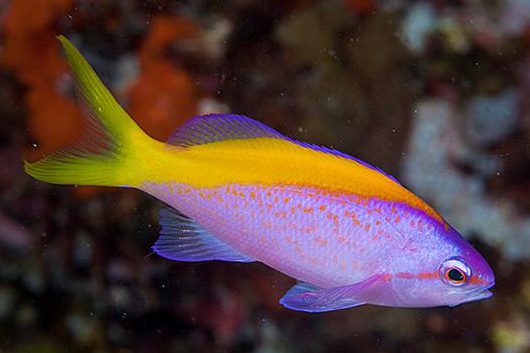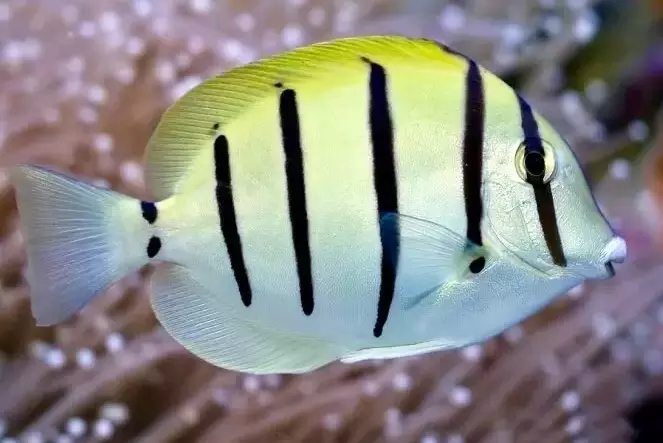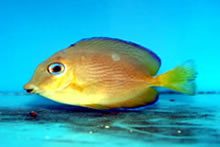Description
Aquarium Requirements:
- Tank Size: 10 gallons (38 L) minimum for a single specimen; 20–30 gallons (75–115 L) ideal for stability
- Water Parameters:
- Temperature: 75–82°F (24–28°C)
- pH: 8.1–8.4
- Salinity: 1.020–1.025 SG
- Ammonia/Nitrite: 0 ppm
- Nitrate: <20 ppm
- Water Flow: Low to moderate, indirect (5–10× tank volume per hour) to avoid stressing it
- Lighting: Moderate (PAR 100–200); supports coral growth for natural habitat
Size & Lifespan:
- Adult Size: 1.5–2 inches (4–5 cm)
- Lifespan: 4–5 years with proper care and feeding
Behavior & Tank Mates:
- Nocturnal to crepuscular; spends days hiding in corals or rubble, emerging at dusk/dawn to forage
- Peaceful and non-aggressive toward most tank mates, but may squabble with conspecifics in small tanks
- Best kept singly or as a bonded pair in larger setups; venomous spines require careful netting
- Compatible with:
- Small peaceful fish like clown gobies, pistol shrimp pairs, or micro wrasses
- Nano-friendly inverts like snails or hermit crabs
- Avoid: small shrimp, feather dusters, or tiny fish it might view as food; aggressive species
- Reef-safe with caution – may lay eggs on SPS corals (e.g., Acropora), causing tissue damage
Diet & Feeding:
- Carnivorous opportunist – feeds on small crustaceans, worms, and detritus in the wild
- Feed 2–3 times daily in small portions:
- Frozen or live baby brine shrimp, mysis, or cyclops (primary diet)
- High-quality micro foods like TDO or Reef Nutrition roti
- Occasional flakes or gel foods targeted to the bottom
- Essential: Use a turkey baster for targeted feeding; ensure uneaten food is removed to maintain water quality
Additional Care Notes:
- Easy for beginners in nano reefs – thrives in established systems with live rock and branching corals for perching
- Prone to ich and bacterial issues – 2–4 week quarantine recommended, especially for venomous species
- Drip acclimate slowly (1–2 hours); sensitive to copper-based meds due to scorpionfish relation
- Fuzzy texture can trap detritus – gentle siphoning during maintenance; handle with wet gloves to avoid venom stings
- Provide tight crevices and rubble piles for security; tight lid to prevent jumping
- Wild-caught only – not captive-bred
- A unique, low-maintenance oddball that adds personality to small reef displays






